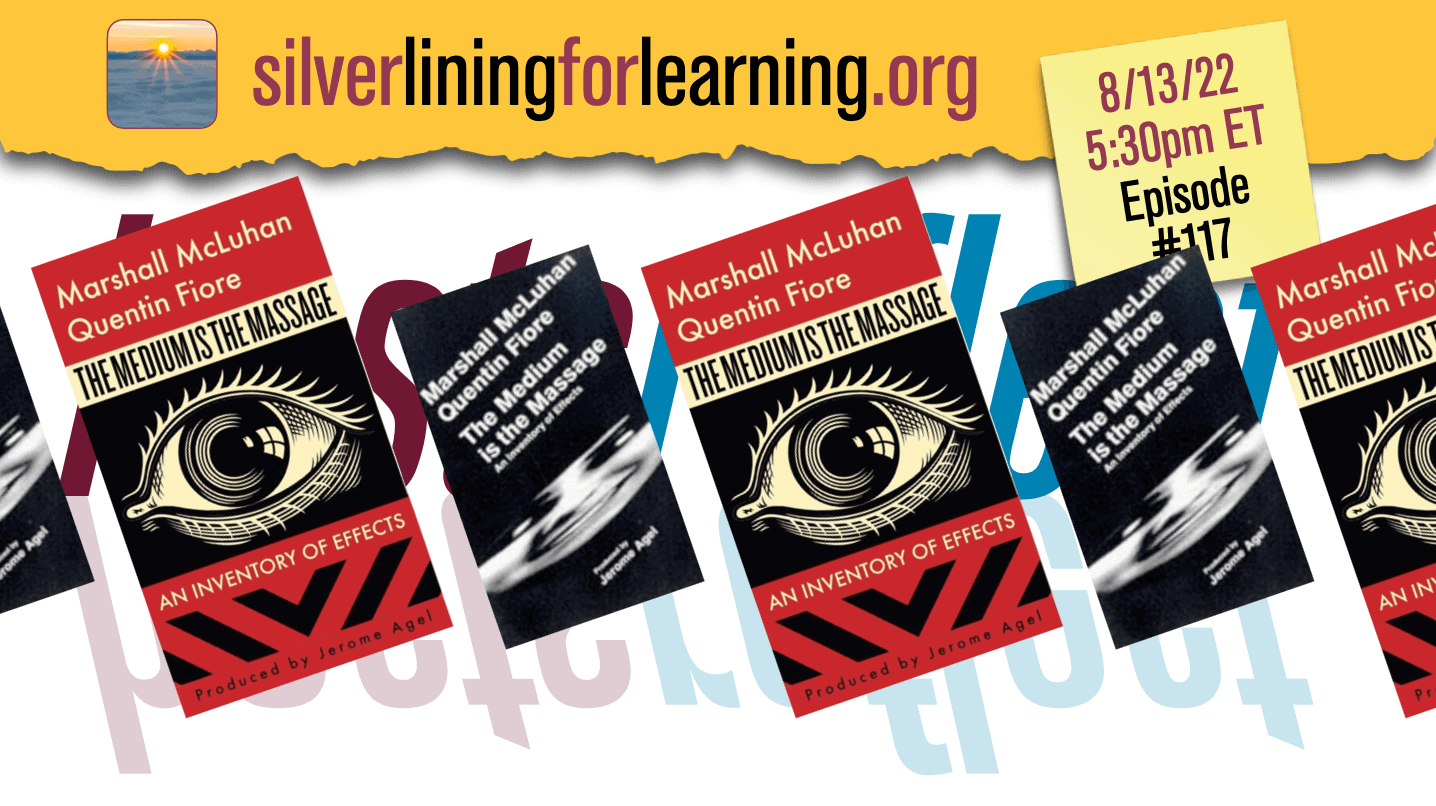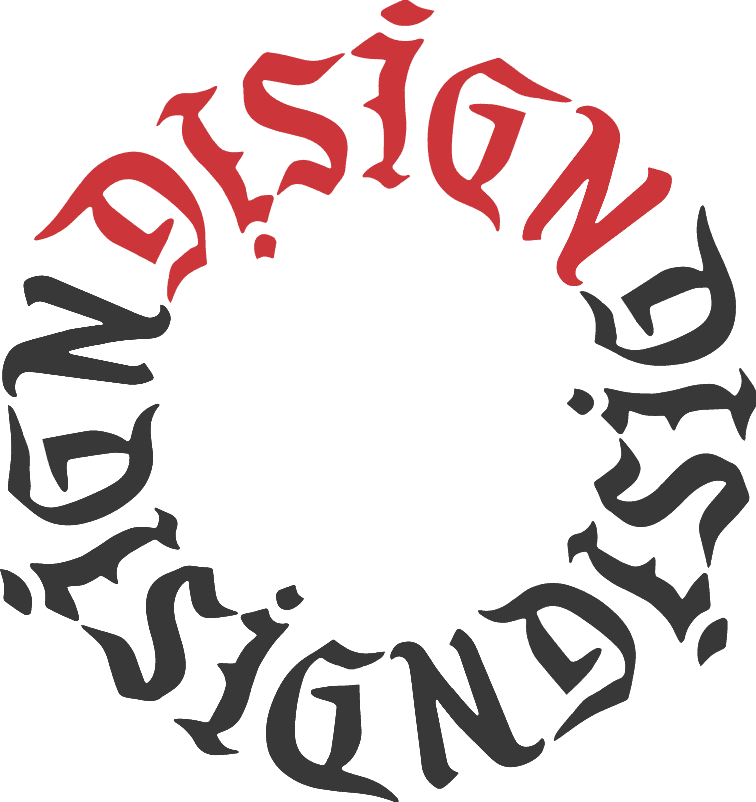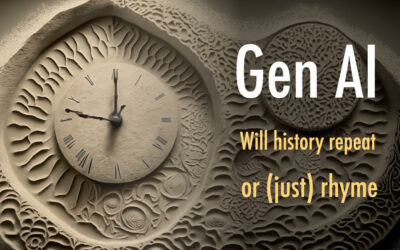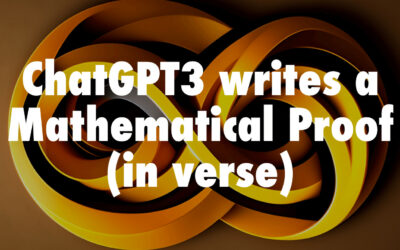This is the fifth of what was supposed to be a three post-series about how media influence our thinking. The first post, uses the invention of writing and print to unpack the meaning of McLuhan’s statement, “The medium is the message.” The second post, focuses on a story by Ted Chiang that takes these academic ideas about the psychological and social implications of the advent of a new technology and frames them within two human narratives and in that process goes deeper into than any academic article ever could. The third post builds on a piece written by Neil Postman over 30 years ago and shows how the questions and issues it raises are still relevant for us today. Two additional posts followed: Four and this one.

Every fourth episode of Silver Lining for Learning is typically devoted to us, the hosts, chatting about issues and topics covered in the previous three episodes, taking questions from the audience and so on. That said, we usually veer off into other directions and topics depending on our interests and mood at the moment.
It is not surprising therefor, given the amount of time I have been spending thinking about (and writing about) technology and its intended and unintended effects on how we think, individually and collectively, that these ideas raised their head in the most recent episode of Silver Lining for Learning. As always my co-hosts had interesting insights to add to the conversation. (For previous posts on this topic you can go to Unpacking McLuhan 1, 2, 3, & 4).
Also I managed to give a shout to one of my favorite books – The Medium is the Massage by Marshall McLuhan and Quentin Fiore. This book has been an inspiration for me since I first came across it in some second hand book-store in Mumbai. It is amazingly designed, bringing together words and visuals in ways that i had never seen before, and manage to express and illustrate McLuhan’s ideas in ways that go beyond what just words could convey. Highly recommended.
You can see the video of the episode (embedded below).
Note: Silver Lining for Learning is a webinar series that I co-host (with Chris Dede, Curt Bonk and Yong Zhao. We have been doing this for over 2 years now. You can learn more about the series by going to the website, or by reading this article (Silver Lining for Learning as a driver of bottom up innovation) or by this post I wrote when we hit 100 episodes (100 and counting).







0 Comments